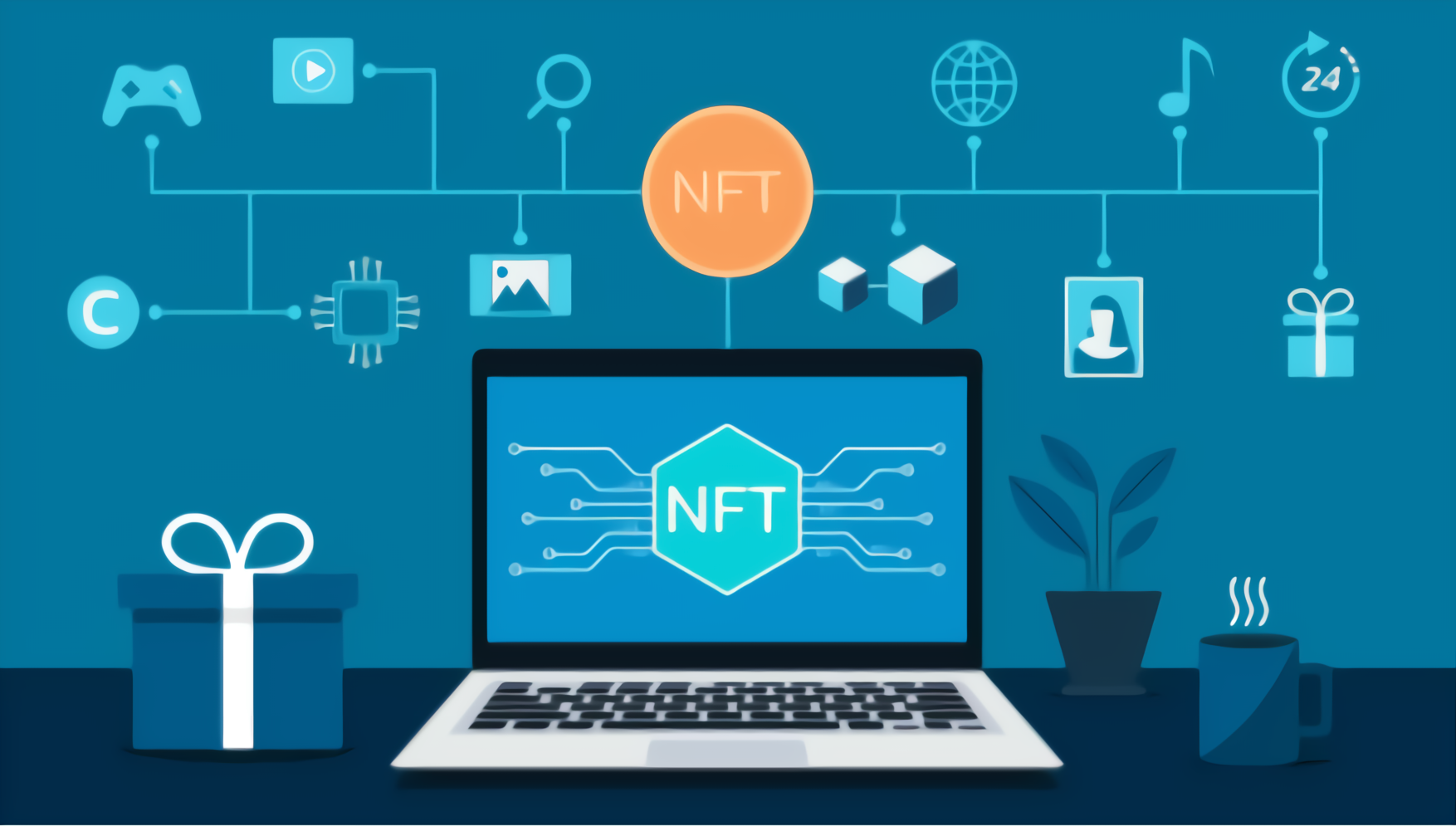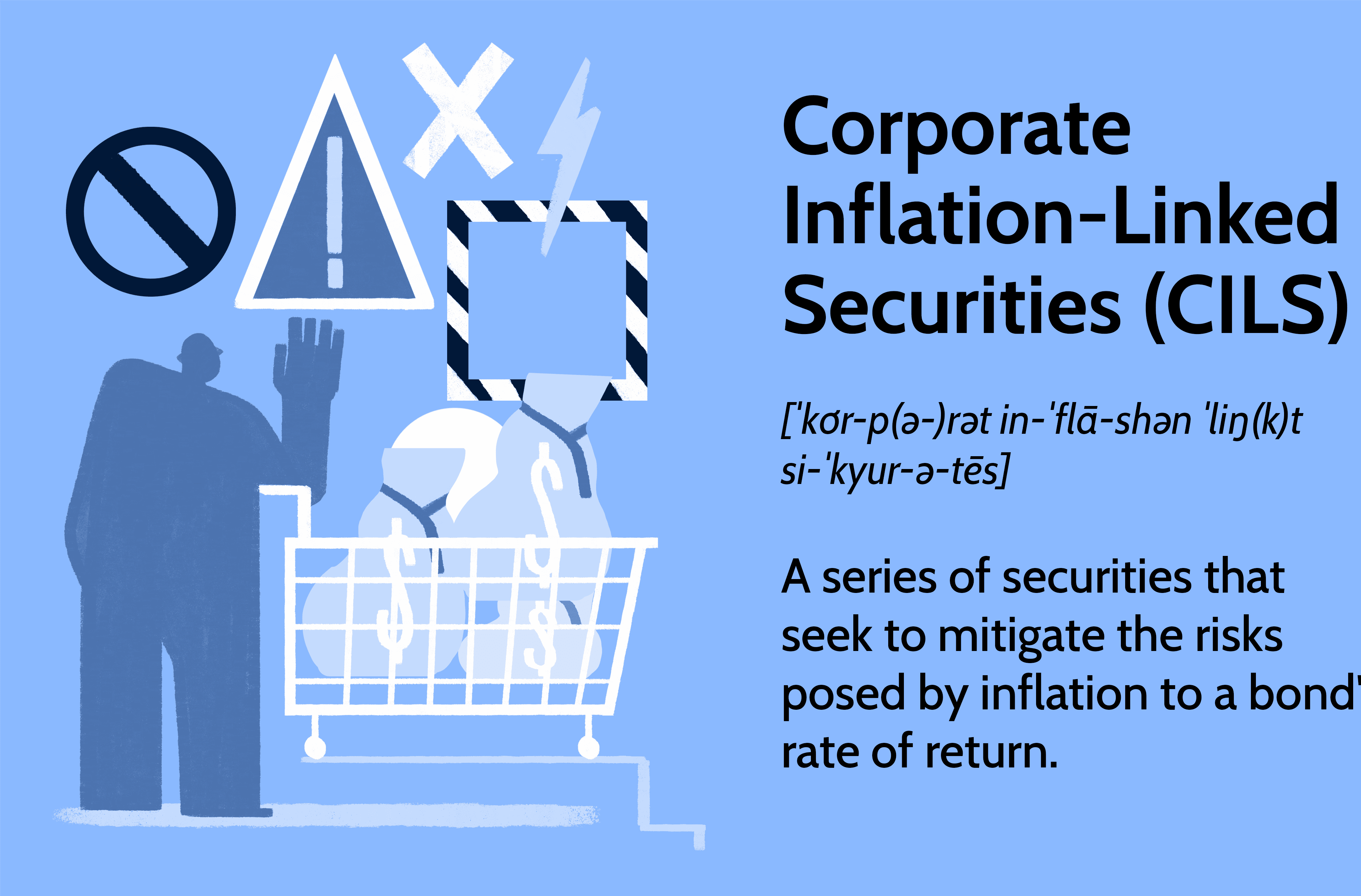
Bitcoin Exchange Custody Features Complete Security Guide 2025
Bitcoin exchange custody features become crucial for protecting your digital assets. These specialized security mechanisms determine how safely your Bitcoin is stored, managed, and protected against potential threats. Modern cryptocurrency exchanges have evolved far beyond simple trading platforms, incorporating sophisticated custody solutions that rival traditional financial institutions.
The importance of robust custody features cannot be overstated in today’s digital asset landscape. With billions of dollars worth of Bitcoin traded daily, exchanges must implement comprehensive security protocols that protect against both external attacks and internal vulnerabilities. These features encompass everything from cold storage solutions to multi-signature protocols, insurance coverage, and regulatory compliance measures.
Understanding Cryptocurrency Custody Fundamentals
What Are Bitcoin Exchange Custody Features
Bitcoin exchange custody features refer to the comprehensive security infrastructure and protocols that cryptocurrency exchanges implement to safeguard user funds. These features work together to create multiple layers of protection, ensuring that Bitcoin holdings remain secure even in the face of sophisticated cyber attacks or internal security breaches.
The foundation of effective custody lies in the principle of distributed security. Rather than relying on a single point of failure, modern exchanges employ numerous interconnected security measures that create redundancy and resilience. This approach ensures that even if one security layer is compromised, additional protective measures continue to safeguard user assets.
Key Components of Exchange Custody Systems
Modern cryptocurrency exchanges integrate several critical components to create robust custody solutions. Cold storage systems form the backbone of these security measures, keeping the majority of user funds completely offline and inaccessible to potential hackers. These systems typically store 95% or more of total exchange holdings in secure, air-gapped environments.
Hot wallets, while necessary for daily trading operations, represent a smaller portion of total holdings and incorporate advanced security protocols, including multi-signature requirements and real-time monitoring systems. The balance between accessibility for trading and security for storage represents one of the most challenging aspects of exchange custody management.
Essential Security Protocols in Bitcoin Custody
Multi-Signature Technology Implementation
Multi-signature wallets represent one of the most fundamental bitcoin exchange custody features available today. This technology requires multiple private keys to authorize any Bitcoin transaction, creating a distributed authorization system that prevents unauthorized access even if individual keys are compromised.
Leading exchanges typically implement 3-of-5 or 4-of-7 multi-signature schemes, meaning that three out of five or four out of seven designated parties must approve any transaction before it can be executed. This approach ensures that no single individual or compromised system can unilaterally move funds, creating an additional layer of security that protects against both external attacks and internal threats.
The implementation of multi-signature technology extends beyond simple transaction authorization. Modern exchanges use these systems for various administrative functions, including system updates, security protocol changes, and emergency response procedures. This comprehensive approach ensures that all critical operations require consensus among multiple authorized parties.
Cold Storage Architecture and Management
Cold storage represents the most secure method for protecting Bitcoin holdings over extended periods. These systems maintain private keys in completely offline environments, making them immune to online attacks, malware, and network-based threats. Professional-grade cold storage solutions often incorporate hardware security modules (HSMs) and specialized vault facilities with military-grade physical security.
The management of cold storage systems requires sophisticated protocols for key generation, storage, and retrieval. Leading exchanges employ geographically distributed storage locations, ensuring that natural disasters or localized security incidents cannot compromise the entire system. Regular security audits and key rotation procedures further enhance the resilience of these storage solutions.
Advanced Authentication and Access Controls
Two Factor Authentication and Beyond
Modern bitcoin exchange custody features extend far beyond traditional password protection. Two-factor authentication (2FA) serves as a baseline security requirement, but leading platforms implement additional authentication layers, including biometric verification, hardware tokens, and behavioral analysis systems.
Advanced authentication systems analyze user behavior patterns, device fingerprints, and transaction histories to identify potentially suspicious activities. These systems can automatically flag unusual login attempts, unexpected transaction patterns, or access from unfamiliar devices, providing an additional layer of protection against account compromise.
The implementation of time-based restrictions and withdrawal limits further enhances security by preventing large-scale fund movements even if account access is compromised. These features allow users to customize their security settings based on individual risk tolerance and usage patterns.
Role-Based Access Control Systems
Professional custody solutions implement sophisticated role-based access control systems that limit employee and system access to only necessary functions. These systems ensure that individual employees cannot access complete custody systems independently, requiring collaboration and oversight for all sensitive operations.
Access control systems also maintain comprehensive audit trails, recording all system interactions, authorization attempts, and administrative actions. These logs provide crucial forensic capabilities in the event of security incidents and enable continuous monitoring of system integrity.
Insurance and Risk Management Features

Comprehensive Insurance Coverage
Leading cryptocurrency exchanges now offer extensive insurance coverage as part of their bitcoin exchange custody features. These policies protect against various risks, including cyber attacks, theft, fraud, and operational failures. Insurance coverage typically extends to both hot and cold storage systems, providing comprehensive protection for user funds.
The scope of insurance coverage varies significantly among exchanges, with some offering full coverage for all stored assets while others provide more limited protection. Users should carefully evaluate insurance terms, coverage limits, and exclusions when selecting an exchange platform.
Professional insurance providers specializing in cryptocurrency risks have emerged to meet the growing demand for comprehensive coverage. These specialized insurers understand the unique risks associated with digital asset custody and provide tailored solutions that address specific threats facing cryptocurrency exchanges.
Risk Assessment and Monitoring Systems
Continuous risk monitoring forms a critical component of modern custody solutions. Advanced systems analyze transaction patterns, network activity, and market conditions to identify potential security threats before they materialize. These systems can automatically implement protective measures such as temporary withdrawal restrictions or enhanced authentication requirements during periods of elevated risk.
Real-time monitoring extends beyond simple transaction analysis to include comprehensive system health monitoring, network security assessment, and threat intelligence integration. This holistic approach enables exchanges to respond quickly to emerging threats and maintain an optimal security posture across all operations.
Regulatory Compliance and Legal Protections
Compliance Framework Implementation
Bitcoin exchange custody features must align with evolving regulatory requirements across multiple jurisdictions. Leading exchanges implement comprehensive compliance frameworks that address anti-money laundering (AML) requirements, know-your-customer (KYC) protocols, and financial reporting obligations.
These compliance systems integrate seamlessly with custody operations, ensuring that security measures support rather than hinder regulatory compliance efforts. Advanced compliance platforms can automatically generate required reports, flag suspicious activities, and maintain comprehensive transaction records that meet regulatory standards.
The global nature of cryptocurrency markets requires exchanges to navigate complex regulatory landscapes across multiple jurisdictions. Successful platforms implement flexible compliance systems that can adapt to changing regulatory requirements while maintaining consistent security standards.
Legal Structure and Asset Segregation
Proper legal structuring ensures that customer funds remain protected even in the event of exchange bankruptcy or other financial difficulties. Leading exchanges implement segregated account structures that legally separate customer assets from exchange operational funds, providing additional protection for user holdings.
These legal protections extend to the custody infrastructure itself, with many exchanges establishing separate legal entities specifically for custody operations. This separation helps insulate customer funds from potential operational risks and provides additional recourse options for users in extreme scenarios.
Technology Infrastructure and System Architecture
Distributed System Design
Modern bitcoin exchange custody features leverage distributed system architectures that eliminate single points of failure while maintaining operational efficiency. These systems distribute critical functions across multiple geographic locations and technical infrastructure components, ensuring continued operation even during partial system failures.
Distributed architectures also enhance security by making it extremely difficult for attackers to compromise entire systems. Even successful attacks against individual components cannot compromise the overall security of properly designed distributed custody systems.
The implementation of distributed systems requires sophisticated coordination and communication protocols. Leading exchanges invest heavily in robust networking infrastructure and redundant communication channels to ensure the reliable operation of distributed custody systems.
Backup and Recovery Procedures
Comprehensive backup and recovery procedures ensure that custody systems can recover from various failure scenarios while maintaining the integrity of user funds. These procedures typically include regular backups of critical data, distributed storage of recovery materials, and tested recovery protocols that can be implemented quickly during emergencies.
Recovery procedures extend beyond simple data backup to include comprehensive disaster recovery planning. Professional custody operations maintain alternate facilities, backup hardware systems, and trained personnel capable of implementing recovery procedures under adverse conditions.
User Control and Transparency Features
Proof of Reserves and Auditing
Transparency features allow users to verify that exchanges maintain adequate reserves to meet all customer obligations. Proof of reserves protocols enable independent verification of exchange holdings without compromising security or revealing sensitive operational details.
Regular third-party audits provide additional assurance regarding the effectiveness of bitcoin exchange custody features. These audits typically examine security controls, operational procedures, and financial reserves to ensure that exchanges meet professional custody standards.
The implementation of real-time reserve monitoring allows users to verify exchange solvency on an ongoing basis rather than relying on periodic audit reports. This continuous verification provides enhanced confidence in exchange operations and early warning of potential problems.
User Control Options
Advanced custody platforms provide users with various control options that allow customization of security settings based on individual preferences and risk tolerance. These options may include custom withdrawal limits, time-based restrictions, and multi-device authorization requirements.
Some platforms offer users the option to maintain partial custody control through hybrid solutions that combine exchange convenience with user-controlled security measures. These solutions appeal to users who desire enhanced control over their assets while maintaining the benefits of professional custody services.
Emerging Technologies and Future Developments

Integration of Advanced Technologies
The cryptocurrency industry continues to evolve rapidly, with new technologies constantly emerging to enhance bitcoin exchange custody features. Artificial intelligence and machine learning systems increasingly play important roles in threat detection, risk assessment, and fraud prevention.
Blockchain-based solutions offer new possibilities for transparent and verifiable custody operations. Smart contracts can automate various custody functions while maintaining transparency and reducing operational risks associated with manual processes.
Quantum computing developments present both opportunities and challenges for cryptocurrency custody. While quantum technologies may eventually threaten current cryptographic systems, they also offer possibilities for enhanced security measures that could provide even stronger protection for digital assets.
Industry Standards and Best Practices
The cryptocurrency industry is gradually establishing standardized best practices for custody operations. Professional organizations and regulatory bodies increasingly provide guidance regarding appropriate security measures, operational procedures, and risk management practices.
These evolving standards help users evaluate and compare different custody solutions while providing exchanges with clear benchmarks for security and operational excellence. As the industry matures, standardization will likely play an increasingly important role in differentiating professional custody services from less sophisticated alternatives.
Comparative Analysis of Leading Exchanges
Security Feature Comparison
Different exchanges implement varying approaches to bitcoin exchange custody features, with some focusing on maximum security while others prioritize user convenience and accessibility. Understanding these differences helps users select platforms that align with their specific needs and risk tolerance.
Leading exchanges typically offer similar baseline security features but differ significantly in their implementation details, insurance coverage, and additional protective measures. Careful evaluation of these differences can reveal important distinctions that impact overall security and user experience.
The competitive landscape continues to drive innovation in custody solutions, with exchanges constantly developing new security features and operational improvements. This ongoing competition benefits users by providing access to increasingly sophisticated and secure custody options.
Institutional vs. Retail Custody Solutions
Professional custody providers often offer distinct solutions for institutional and retail clients, with institutional services typically providing enhanced security measures, specialized reporting capabilities, and dedicated support resources. These solutions may include segregated storage options, custom security protocols, and enhanced insurance coverage.
Retail-focused custody solutions prioritize user-friendly interfaces and automated security measures that require minimal user intervention. These solutions often incorporate features designed to protect less experienced users while maintaining professional-grade security standards.
Risk Mitigation Strategies and Best Practices
User Security Responsibilities
While exchanges implement comprehensive bitcoin exchange custody features, users maintain important responsibilities for protecting their accounts and assets. These responsibilities include maintaining strong authentication credentials, regularly monitoring account activity, and understanding the security features available on their chosen platforms.
User education plays a crucial role in overall security, as many security breaches result from user errors rather than exchange vulnerabilities. Leading exchanges provide comprehensive educational resources and security guidance to help users make informed decisions about their digital asset security.
The implementation of graduated security measures allows users to balance convenience with protection based on their circumstances and risk tolerance. Understanding these options enables users to optimize their security configuration for their specific needs.
Ongoing Security Monitoring
Continuous monitoring of account activity and security settings helps users identify potential problems before they result in asset losses. Many exchanges provide automated monitoring tools and notifications that alert users to potentially suspicious activities or security concerns.
Regular review of security settings and custody features ensures that user protection remains optimal as circumstances change and new threats emerge. This ongoing attention to security helps maintain the effectiveness of exchange custody systems over time.
Also Read: Bitcoin Futures Expiration Dates Calendar 2025 Complete Trading Guide
Conclusion
The landscape of bitcoin exchange custody features continues to evolve rapidly as the cryptocurrency industry matures and regulatory frameworks develop. Understanding these features becomes increasingly important for anyone involved in Bitcoin trading or long-term holding strategies. The most secure platforms combine multiple layers of protection, including cold storage systems, multi-signature protocols, comprehensive insurance coverage, and robust compliance frameworks.
As you evaluate different cryptocurrency exchanges, prioritize platforms that demonstrate transparent implementation of comprehensive custody features. Look for exchanges that provide clear information about their security measures, maintain regular third-party audits, and offer appropriate insurance coverage for your holdings.
The future of Bitcoin custody will likely see continued innovation in security technologies, regulatory compliance, and user control options. Stay informed about emerging custody features and regularly review your chosen platform’s security measures to ensure they continue meeting your protection requirements in this rapidly evolving digital asset landscape.







